A Gardener's Guide to Identifying Grass Diseases
To most gardeners, there's nothing more distressing than seeing your once green lawn succumb to unsightly blemishes in the form of grass disease.
But fear not, fellow green thumbs. With a little knowledge and the right tactics, you can identify them early on and take the right measures to restore your lawn to its former glory. Let’s look into some of the more common types.
Brown patch
One of the most common green diseases found in lawns and yards is the aptly named brown patch disease. This fungal infection appears as circular or irregularly shaped brown patches or brown grass, and prefers hot and humid conditions. The affected grass may even take on a hazy appearance. It is recommended to watch out for these symptoms, especially during periods of high temperatures and humidity.
Pythium blight
If you notice circular patches of grass in your lawn that appear soaked or greasy, you may be dealing with pythium blight - an aggressive grass disease resulting from soil-borne fungus. This fungus expands rapidly, turning lush greenery into a trail of brown, matted grass. Hot and wet weather can exacerbate pythium blight, so stay vigilant and keep an eye on your lawn after heavy rainfall or irrigation.
Rust disease
As the name implies, rust disease typically appears in the form of rust-colored residue on grass. The rust-like substance is actually spores from fungus infection. Rust diseases are more susceptible to warm, humid weather, and often start life as small yellow spots before spreading across larger parts of the lawn.
Dollar spot
The dollar spot is another common disease, leaving behind distinctive dollar-sized lesions on your grass. Characterized by tanned or white spots surrounded by a dark ring, dollar spots may resemble tiny bullseyes scattered across your lawn. They tend to thrive during warm and dry weather, so stay alert during these conditions to protect your lawn.
Fairy ring
Don’t be fooled by its whimsical name - the fairy ring is no fairy tale for gardeners. This fungal disease shows up as circular rings of dark green grass surrounded by patches of dead or dying soil. As these rings expand, they can leave behind unsightly patches of bare soil in their wake.
Final thoughts

When it comes to combating grass diseases, early identification is essential. By familiarizing yourself with their appearances and the conditions that they prefer, you can catch them early and take the right steps to restore your lawn's health.
Additionally, proper lawn care including mowing at the right height, avoiding overwatering, and ensuring adequate drainage can go a long way in keeping these diseases at bay. Another tip to follow is to not mow the lawn when grass is still wet, as this can encourage fungal infections and increase compaction. Always allow your lawn to dry after rainfall and before you start mowing.
With the right knowledge and practices, many of these diseases can be managed easily. Remember, a little patience can go a long way for gardening. Take these measures, and your lawn will soon be the envy of fellow gardeners once again.
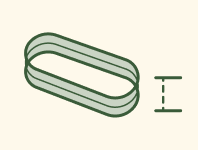
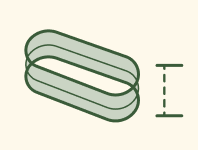
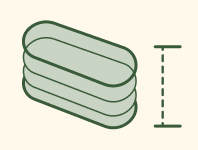
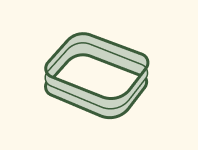
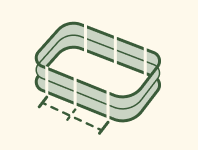
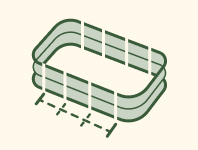
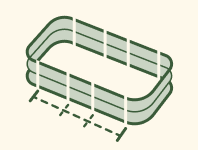
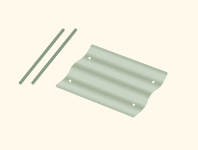




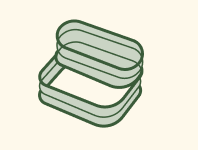










































































Leave a comment